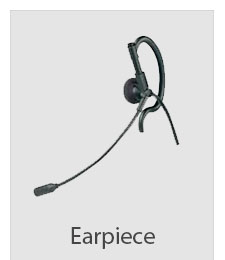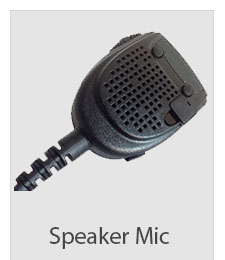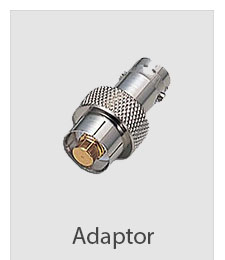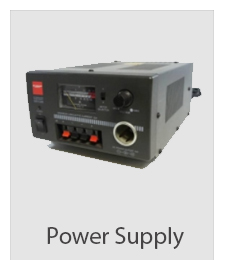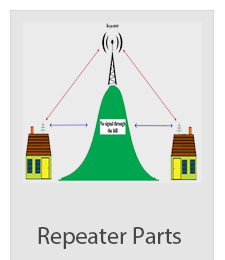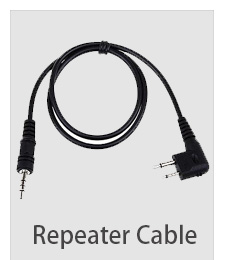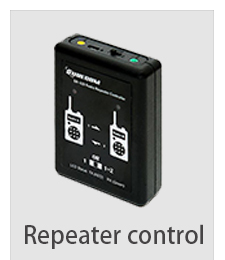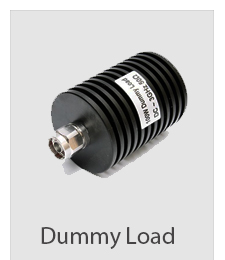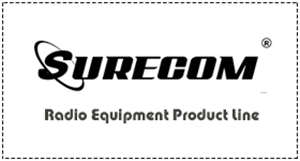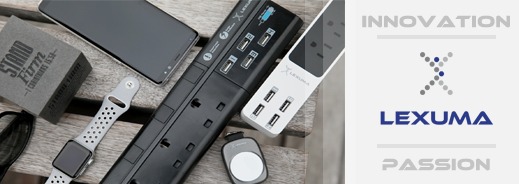A CB radio antenna work
A citizens band (CB) radio antenna is a device designed to do two things: It captures radio-frequency signals that are then converted to electrical signals by the receiver, and it takes electrical signals from the transmitter and converts them into radio-frequency signals. This second function is where tuning comes into play, because an antenna has to radiate radio-frequency signals, something that's done best when the length of the antenna precisely matches the wavelength of the transmitted radio frequency.
You can determine the proper length of an antenna by using a formula:
Wavelength (in feet) = 984 / frequency (in megahertz)
The CB portion of the spectrum begins at 25.01 megahertz, so a full wavelength antenna would be a bit more than 39.34 feet long. That's obviously a little long to attach to your bumper, so people tend to use antennas that are a fraction of the wavelength: 1/2, 5/8, 1/4 and 1/8 are all common wavelengths for antennas. In the case of CB, the 1/4 antenna at just under 10 feet long is the common "whip" that you may see on cars and trucks.
The trouble is that there are 40 channels on modern CB transceivers, each corresponding to a different frequency. It's not practical to have a separate antenna for each frequency, so antenna designers have to compromise, usually picking a frequency in the middle of the spread and choosing the antenna length to correspond.
When a compromise like this is made, you have to see whether it's a good compromise. This is done by measuring the Standing Wave Ratio (SWR) of the antenna and cable between the antenna and tuning the antenna until the SWR is acceptable.
Every antenna and every antenna feed-line have a characteristic impedance, or opposition to electrical current. In an ideal situation, the impedances of line and antenna match perfectly, and 100 percent of the electrical energy sent to the antenna is converted to radio energy and radiated into the atmosphere. In a less than ideal case, when the impedances aren't perfectly matched, some of the electrical energy sent to the antenna won't be converted to radio energy, but will be reflected back down the feed-line. The energy reflecting back from the antenna causes standing waves of electrical energy in the feed-line. (An example of standing waves outside the electronics world is found in river rapids. When water passes around and between boulders it may form a wave that doesn't go up or down the river, it just stays in one place. That is a standing wave of water.) The ratio of highest voltage on the line to lowest is the standing wave ratio. In the perfectly matched system, the SWR is 1:1.
To tune an antenna, use an SWR meter attached between the transmitter and antenna feed-line. Depending on the meter, you can either use a button on the meter to generate a signal on the various channels, or key the microphone on the CB transceiver to generate a signal while you look at the SWR reading. In general, if the SWR never goes above 1.5:1, you're in good shape. If the SWR does go above 1.5:1, then watch the meter on different frequencies to see the trend develop: The SWR will be greater either on the higher channels or the lower. If the SWR is greater on the lower channels, then try gradually lengthening the antenna by moving it in the base. If the SWR is greater on the higher channels, try shortening the antenna.
Do be aware that the electrical ground of the antenna, the structure around the antenna and any other antennas near the CB antenna can all affect the antenna's impedance and the SWR. There are enough variables that tuning an antenna blends art and science, but your equipment and radio contacts will all be grateful if you take the time to tune up.
|






